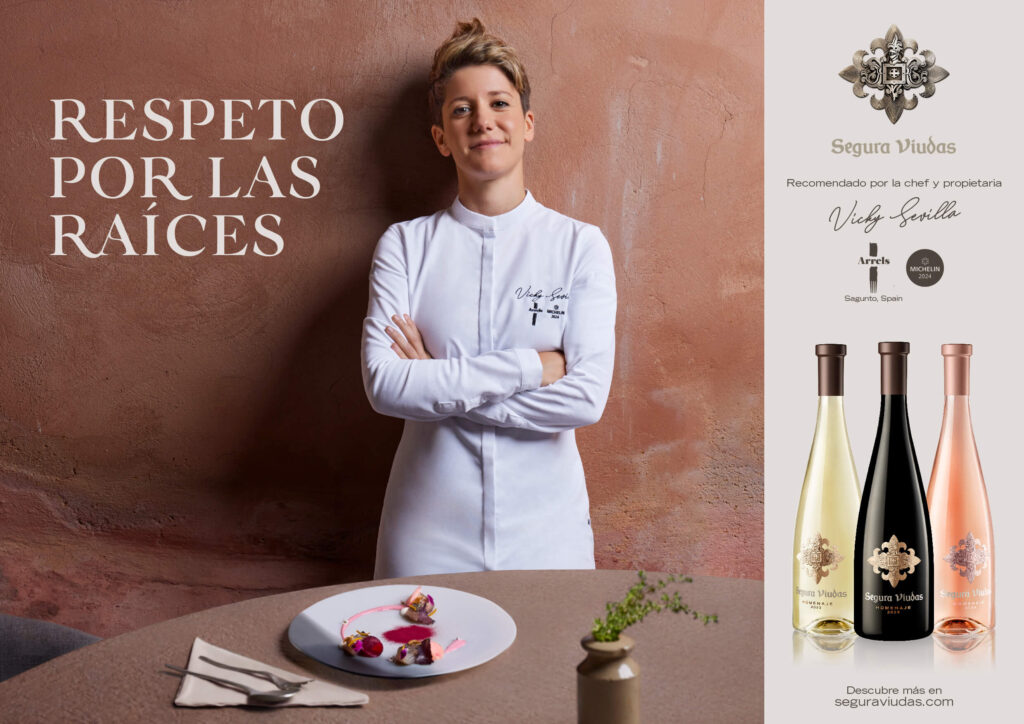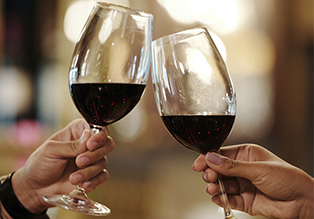This news belong to
Cavas and wines
News
Sabrage is a traditional technique for opening bottles of cava with a saber or knife, popularized during the time of Napoleon Bonaparte.
It involves sliding the saber along the neck of the bottle to separate the top part. This practice has become a popular ceremony at special events, impressing the audience with its spectacular nature. It is advisable to perform it with care and receive instructions from an expert.
Origin and history of sabrage
Sabrage has its roots in French history, where it became a traditional practice during the time of Napoleon Bonaparte. Over the years, this technique has been associated with celebration and elegance in the opening of cava bottles.
Napoleon and sabrage
Napoleon Bonaparte’s soldiers adopted the sabrage technique to open cava bottles as a way of celebrating military victories. It is said that Napoleon himself also practiced sabrage to commemorate his triumphs and keep the tradition alive.
The tradition of sabrage at special events
Since its origin, sabrage has evolved into a popular ceremony at special events, where it seeks to amaze with the spectacular opening of a cava bottle.
This practice has remained over time as a symbol of distinction and sophistication in cava culture.
Other bottle opening techniques
In addition to sabrage, there are other less conventional techniques for opening bottles, such as the use of glasses or spoons, although none as impressive as sabrage.
Each bottle opening technique has its own history and cultural context, but none matches the elegance and visual impact of sabrage.
The sabrage technique is an art that requires skill and precision. Before carrying out sabrage, it is important to make a series of preparations to ensure the success of the bottle opening.
Preparations before sabrage
- Select a suitable champagne bottle, cooled to the correct temperature.
- Ensure that the saber or knife is in good condition and properly sharpened.
- Find a suitable and safe place to perform sabrage, away from fragile objects.
Execution of sabrage
Once the preparations have been made, proceed to execute the sabrage technique following these steps:
- Hold the champagne bottle firmly at an angle, with the neck facing upwards.
- Slide the saber or knife along the neck of the bottle with a firm and swift motion.
- Impact decisively at the appropriate point on the neck to break the glass.
Safety recommendations
- Keep the bottle pointing towards a safe place during sabrage to avoid accidents.
- Do not perform sabrage if you lack experience or do not feel confident; it is preferable to receive instructions from an expert.
- Once the bottle is opened, carefully remove the top part of the neck to avoid cuts.
Sabrage is a practice full of curiosities and variations that are worth knowing. Below, we will discover intriguing aspects about this unique technique of opening cava bottles.
Myths and truths about sabrage
- It is said that Napoleon Bonaparte promoted sabrage among his soldiers to commemorate victories in combat, creating a tradition that endures to this day.
- Some consider sabrage as an act of bravery and determination, where a touch of audacity is required to carry it out successfully.
- There is a belief that sabrage enhances the tasting of cava by opening the bottle quickly and elegantly.
Sabrage in the present day today
Today, sabrage remains a popular practice at special events and celebrations, where it seeks to surprise attendees with the spectacular opening of a champagne bottle. The technique has evolved over time, adapting to new trends and tastes.
The way sabrage is performed adds an element of distinction and elegance to the experience of tasting champagne. The precision and skill required to perform this technique correctly reflect the attention to detail and mastery required in the culture of sparkling wine.
Sabrage as a ritual in special celebrations
Sabrage has become a ritual that adds excitement and theatricality to events such as weddings, anniversaries, and inaugurations. This practice, linked to the history of Napoleon and his victories, evokes a sense of celebration and triumph with each opening of a champagne bottle. Sabrage represents a fusion of tradition and modernity, capturing the festive and joyful essence of special occasions.



